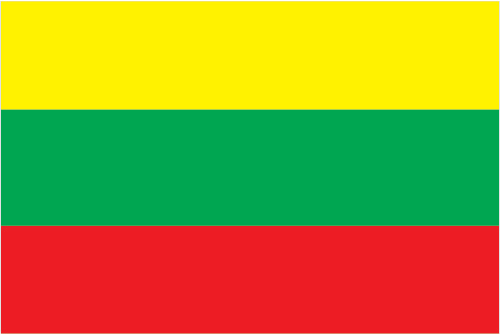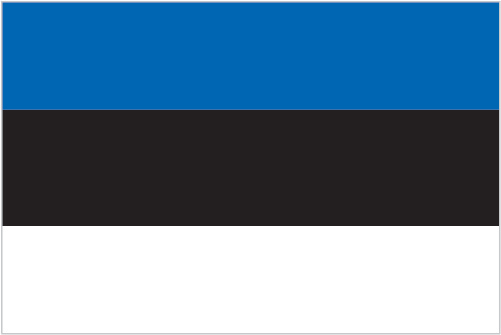
Flag of Lithuania
Lithuania celebrates Independence Day of 1918. It became free of Russian and German rule. People celebrate this day even though Lithuania was annexed into the Soviet Union in 1940. In 1991 Lithuania became the first nation to break away from the Soviet Union. According to the CIA World Factbook, Lithuania is slightly larger than West Virginia and hosts a population of about 2.7 million people. It borders the Baltic Sea, and Vilnius is the capital. A member of the European Union, Lithuania depends on agricultural products, including grains, potatoes, and flax. Children could learn more at: Lithuania.


